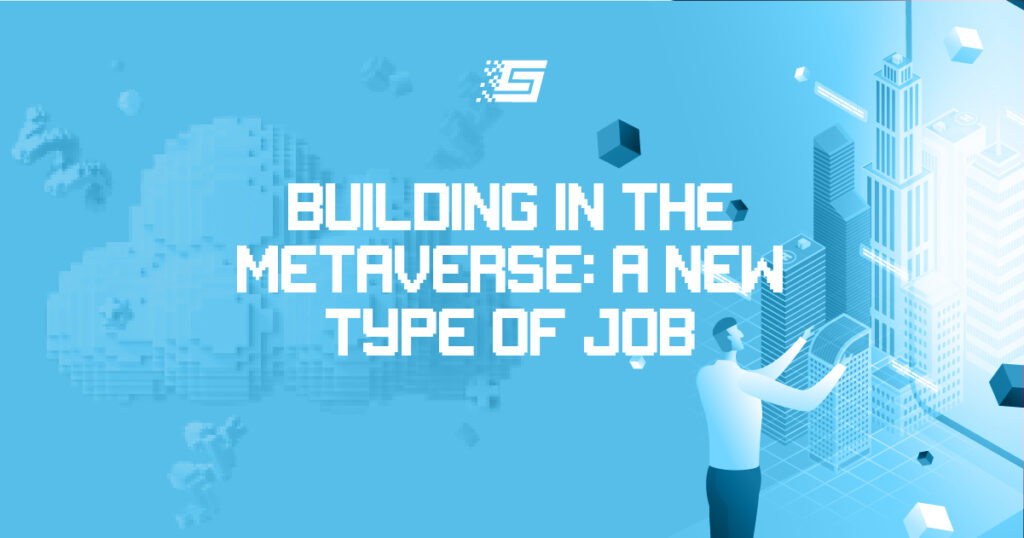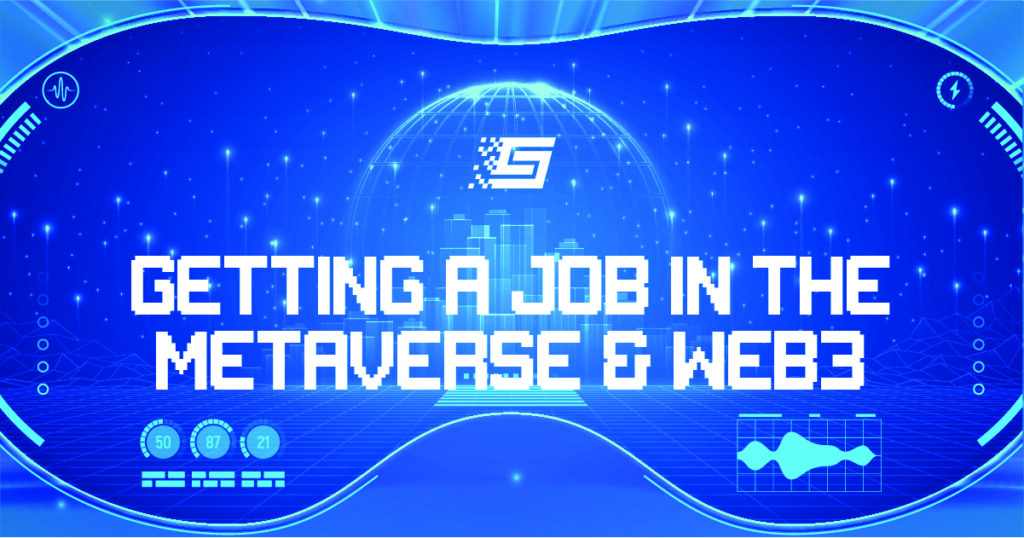Digital Identity In The Metaverse
NFTs Used For Identity
Identity can be seen as our most valuable asset. How will NFT verification be used in the open-loop metaverse?
In the online world, and similarly, in the real world, identity is becoming increasingly difficult to safeguard. The proliferation of applications that manage our identities and prevent identity theft attest to the ways that one’s very sense of self can become subverted through digital ambiguity.
The creation of highly-developed metaverse platforms brings a higher degree of complication to the challenging task of securing identity. As the metaverse begins to feel increasingly like the real world, we will soon end up spending more of our lives inhabiting their complex worlds.
How then can we establish metaverse identity comparative to the genetic code that confirms our biological identities?
Driven by exponential growth in 5G and virtual reality technology, this space is growing rapidly. But the need to quickly evolve from pixelated avatars into fully-fledged digital twins and alter-egos has become more pronounced.
The answer may lie in using NFTs (non-fungible tokens). The blockchain-based records of digital ownership have recently taken the world by storm. Multi-million dollar sales of digital art, such as this year’s record US$69.3m sale, only scratches the surface of what makes NFTs such a big deal. Their true value lies in enabling unambiguous, decentralized ownership of all kinds of non-physical assets. Music, online property, memes, and gaming accessories are all uses of NFTs, and one day, identity itself will be, too.
If a concert ticket on a metaverse platform can be programmed with unique ownership rights and stored in the blockchain, then so can a virtual identity. Although no technology can perfectly protect identity, the robustness of blockchain security and the platform fluidity enabled by the decentralization of the blockchain promises to transform the metaverse experience by enabling established identities that can move as they please between immersive virtual worlds.
NFT Identity In The Open-Loop Metaverse
NFTs will enable people to easily demonstrate their identity across platforms for use in different ecosystems. The big digital platforms are beginning to adopt the use of NFTs as an element of demonstrating one’s identity.
The implications of enabling a secure, stable digital identity in virtual worlds are enormous. This promises to give people the freedom needed to build genuine societies in the metaverse. Possible uses include social, economic, and even political interactions based on the recognized norms we enjoy in everyday life.
NFT-secured virtual selves may become more secure than identities in everyday life. You can lose passwords, have biometrics hacked, or passports forged. But identities in the metaverse secured on the blockchain would be extremely difficult to fake and steal.
Among the most important implications of enabling identity in the metaverse is allowing people to migrate freely. The transformative value of NFTs resides in enabling humankind’s seamless ‘commute’ between physical and virtual domains. Movement between different virtual worlds will often involve vastly different characteristics, cultures, and rules. This includes from metaverse to metaverse, made possible by establishing and securing each individual digital identity.
You could describe this new era for the digital world as moving from “closed-loop” virtual environments, like gaming or social platforms, to an “open-loop” one. That is very powerful. And we are just touching the surface today on the capabilities that you could build on top of that. Nowadays, it’s trading assets such as gaming items. In the future, it will give us free movement in the metaverse.
Another potentially exciting dimension of identity on metaverse platforms – NFTs offer the possibility of subverting identity for fun and discovery. We may want to mint multiple identities, trade aspects of our identity for fun, or rent an identity for a weekend. NFTs open the door to such possibilities. In this scenario, one’s identity would always remain safe and secure on the blockchain.
From Identity To Community
Today, NFTs are inspiring communities that converge around perhaps random-seeming projects, such as generating PFP (profile picture) avatars or even strange text files. The number of these communities forming can reach tens of thousands. Members will collect items for social capital and, in some cases, trade them for astonishing sums of money (in the form of cryptocurrencies).
A good example of these schemes is the Loot Project. They transform lists of gaming adventurer items into collectibles ranked by rarity. One such item recently traded for US$800,000.
Such projects represent the early stages of a more robust and enduring community building in the metaverse. This is underwritten by NFT-enabled identities. Being part of a community and building value will become more critical as the concept of the metaverse takes shape more fully.
Community building will become more important as dominant social networking platforms move into the metaverse space. The aim of these organizations will be to impose their own closed-loop worlds, controlling data, behavior, and membership. User-created metaverses enabled by NFTs will help return cyberspace to an earlier era of freedom that had a less centralized oversight.
Big tech players building worlds at scale will probably win early metaverse followings. People will migrate to open-loop metaverses with a good level of interoperability. These platforms must have the capability of allowing people to use identity and assets freely, in different environments, and for different purposes, which will surely all be enabled by NFTs.


